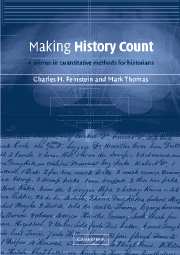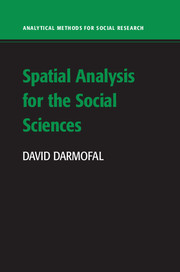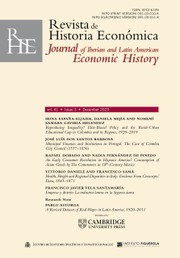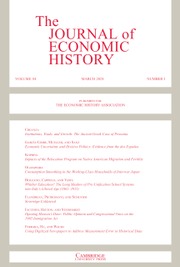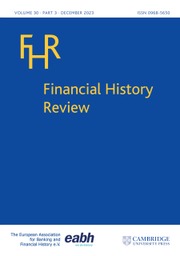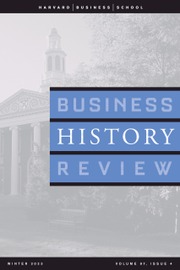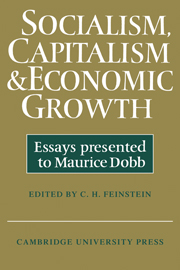Making History Count
Making History Count introduces the main quantitative methods used in historical research. The emphasis is on intuitive understanding and application of the concepts, rather than formal statistics; no knowledge of mathematics beyond simple arithmetic is required. The techniques are illustrated by applications in social, political, demographic and economic history. Students will learn to read and evaluate the application of the quantitative methods used in many books and articles, and to assess the historical conclusions drawn from them. They will also see how quantitative techniques can open up new aspects of an enquiry, and supplement and strengthen other methods of research. This textbook will encourage students to recognize the benefits of using quantitative methods in their own research projects. The text is clearly illustrated with tables, graphs and diagrams, leading the student through key topics. Additional support includes five specific historical data-sets, available from the Cambridge website.
- Major new text on core technique in economic and social history by world-class author team
- Does not require more than basic arithmetic
- Innovative use of supporting website, to permit manipulation of data in various exercises
Reviews & endorsements
'This is an excellent book which serves two purposes. It fills a much needed gap in the literature for the historian who isn't particularly happy in handling numerical data. it also benefits other students who require a passing knowledge of statistics. nothing to my knowledge, has come on the market since Maroney's Facts from Figures in the 1950s provides such an extensive insight into statistical methodology.' Open History
'No competitor text is as effective … I wish this text had been available when I was trying to teach quantitative methods.' The Times Higher Education Supplement
'… this is a very impressive, an d very welcome, book. Feinstein and Thomas are to be congratulated for producing a comprehensive, nontechnical introduction to quantitative methods for historians which I am sure will soon be compulsory reading on every course catering to such an audience.' Business History
'… no competitor text is, to my knowledge, as effective in taking the student from the basics of descriptive statistics through to the intricacies of multiple linear regression … I wish this text had been available when I was trying to teach quantitative methods to numerically challenged historians…'. The Times Higher Education Supplement
Product details
August 2002Paperback
9780521001373
572 pages
256 × 178 × 40 mm
1.258kg
1 table
Available
Table of Contents
- Part I. Elementary Statistical Analysis:
- 1. Introduction
- 2. Descriptive statistics
- 3. Correlation
- 4. Simple linear regression
- Part II. Samples and Inductive Statistics:
- 5. Standard errors and confidence intervals
- 6. Hypothesis testing
- 7. Non-parametric tests
- Part III. Multiple Linear Regression:
- 8. Multiple relationships
- 9. The classical linear regression model
- 10. Dummy variables and lagged values
- Part IV. Further Topics in Regression Analysis:
- 11. Violating the assumptions of the classical model
- 12. Non-linear models and functional forms
- 13. Logit, probit, and tobit models
- Part V. Specifying and Interpreting Models: Four Case Studies:
- 14. Case studies 1 and 2: unemployment in Britain and emigration from Ireland
- 15. Case studies 3 and 4: the Old Poor Law in England and leaving home in the United States, 1850–60
- Appendix A. The four data sets
- Appendix B. Index numbers
- Index.

